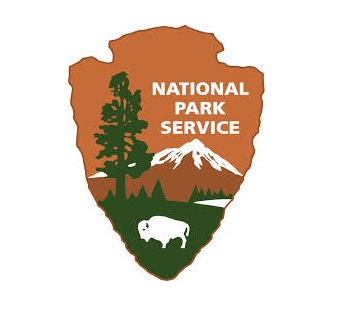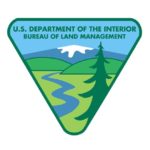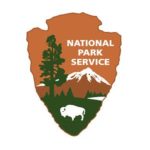GeomorphIS Team to Conduct Lichen-Bryophyte Inventory at Mt. Rainier National Park
The National Park Service (NPS) has tasked a GeomorphIS-Siskiyou BioSurvey team to conduct an inventory of rare, sensitive and imperiled lichen and bryophyte species in four high use areas of the park – Paradise, Sunrise, Carbon River, and Ohanapecosh – to identify their presence and distribution so that they can be 1) protected from visitor trampling, 2) avoided during trail, road and other facility construction and reroutes, and 3) when avoidance is not possible, salvaged prior to construction projects and replanted. Covariate data of the associated habitat of target species will also be collected so the park can infer potential habitat in unsampled areas.
Cryptic vegetative taxa like lichens and bryophytes in Mount Rainier are critical for the ecosystem functioning, biodiversity maintenance, and the experience of a forested and montane national park in the Pacific Northwest. There is an ongoing need to protect these sensitive resources from impacts of increasing visitor use in popular park areas. However, knowledge of the lichen and bryophyte (mosses, liverworts, hornworts) species (cryptograms) in the park is insufficient, based upon limited herbarium specimens with a high degree of spatial uncertainty. Thirteen of the lichen species known to exist in the park are state or globally ranked as sensitive to critically imperiled (Washington Natural Heritage Program; Department of Natural Resources 2018 & 2019; NatureServe). There are an additional seven rare to sensitive lichen species that may occur in the park but have not been confirmed. Twenty two of the bryophyte species documented in the park and another two species which may occur are state or globally ranked as sensitive to endangered species (Consortium of North American Bryophyte Herbaria; unpublished park data). Conservation, restoration, and environmental assessments require knowledge of the presence or sensitive, rare or threatened species to successfully protect these species from ongoing change within the park.






